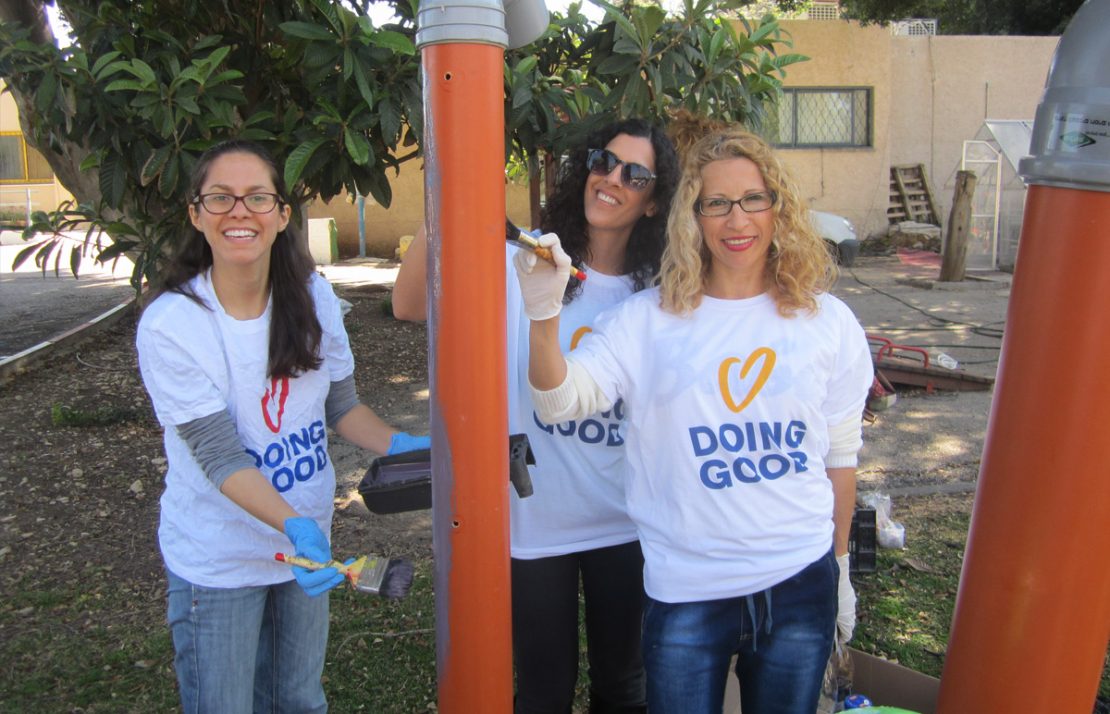
Staffing issues are at the top of the list of problems that nonprofits face. Limits on resources make it difficult for nonprofits to recruit and retain top talent, leaving many nonprofits understaffed. And lower pay and heavy workloads can demotivate a nonprofit organization’s workforce and lead to high turnover.
However, nonprofits have a wild card that they can use to solve their staffing issues: their mission! Nonprofits can use skilled volunteers who are passionate about the organization’s mission to execute complex tasks and reduce staffing costs. Throughout my career, I have successfully leveraged skilled volunteers in roles that many organizations believed could only be filled with paid employees or contractors. Here’s how.
Step No. 1: Identify the value proposition.
Yes, cash is king, but money is not the only way to compensate someone for doing work. Nonprofits offer several value propositions for volunteers, whether they are looking to use their work experience to support a mission they believe in, looking to gain additional skills or seeking to establish credibility. Before you decide to use skilled volunteers for a particular role, think about what value they are getting from the opportunity and make sure that the value is easily recognizable by potential candidates.
In my role as director of the Chicago Urban League Center for Entrepreneurship and Innovation, we were able to build a staff of 20 volunteer business coaches in less than six months by identifying value propositions that were attractive to potential candidates. Before launching the program, we spoke with individuals who fit the profile of the type of coaches we were looking to recruit. Based on these conversations, we found that potential candidates were either: 1) business coaches seeking to gain additional credibility by aligning themselves with a credible brand, 2) successful entrepreneurs looking to develop their skill-sets as consultants in their industries or 3) successful entrepreneurs and executives looking to give back.
After determining the value propositions, we designed our program in a way that allows our volunteer coaches to receive this value. As part of the program, each coach receives a public profile on our website and is allowed to list themselves as a business coach for our center on LinkedIn and on their resume. We also provide our volunteer coaches with best practices and frameworks they can use when working with their coaching clients. These value propositions have been effective in helping us recruit and retain a roster of knowledgeable business coaches to support our clients.

Step No. 2: Give them a title.
People love titles for obvious reasons. Job titles make people feel important and give them a sense of ownership over their work. With this in mind, give your volunteers job titles that do not contain the word “volunteer” and that they can use on their resume and LinkedIn profile. Experience is experience, whether it is paid or unpaid. However, employers often undervalue experience gained in volunteer roles. A good title will allow your volunteers to utilize the knowledge and skills they have acquired in your organization to make themselves more attractive to employers. It will also increase a volunteer’s commitment to doing their work with excellence.
Step No. 3: Treat the recruitment and selection process like you would a paid position.
Treat the recruitment process as if it were for a paid position. Create a job description for the volunteer opportunity and share it on social media and other channels your organization uses to list job opportunities. Be sure to have interested candidates submit a resume and an application. Identify the best candidates amongst those who applied and bring them in for an interview to ensure that their talents and objectives match those of the volunteer opportunity. And make sure that their personality is a good fit for your organizational culture.
Using a formal process to fill a volunteer opportunity allows you to gauge a candidate’s commitment level early on. Candidates who were thorough during the application and interview process are more likely to be committed to the volunteer opportunity than prospects who were not as diligent.
Step No. 4: Monitor performance, give feedback and fire volunteers when necessary.
Guess what? You can fire a volunteer. No, you did not misread the first sentence, nor am I drunk off of nonprofit power! You can and should terminate lazy volunteers for the same reasons you would get rid of under-performing employees. Just as under-performing employees can lower morale and performance standards, so can deficient volunteers. This issue is especially a concern if they are working on a team with other volunteers, as the others are left to compensate for the slacker’s lack of productivity.
Also, be sure to develop systems to monitor the performance of your volunteers. Recognize and compliment your top performers and fire the ones not pulling their weight. Your good volunteers will appreciate the gratitude you show them. And they will also respect you more for getting rid of loafers who are not as passionate about supporting your mission as they are.
This article was originally published on Forbes and appears here with permission.




